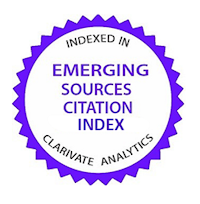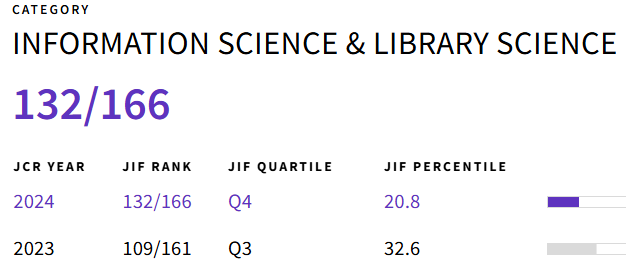ANALYSIS OF THE SCIENTIFIC LITERATURE OF THE POST-PALAEOLITHIC PAINTING IN SPAIN. LEVANTINE ART AND SCHEMATIC PAINTING (1907-2010)
Abstract
Cave art constitutes one of the areas of study of prehistory more attractive, perhaps because of the secrecy that still conveys. After a century of research on post-Paleolithic cave painting in Spain, and when the scientific production exceeds two thousand records, is addressed from bibliometric parameters, the analysis of this production over the period 1907-2010. Based on an own database in Microsoft Access, prepared for over twenty years and that the March 31, 2011 counted on 2186 bibliographic records, bibliometric techniques are used to determine the temporal distribution, the language used, the styles of cave art, the document types, the themes addressed in the works and the publication place. Document production is below 21,02 publications/year until 1970, although in the 104 years of research analyzed, highlights the years 1999 (with 4,5%) and 2006 (with 5,1%) for the large number of publications. Regarding the language of the documents are distributed as follows, Spanish (88,1%), Catalan (4,6%), French (3,9%), English (2%), German (1%) and other languages (Italian, Portuguese or Galician) with 0,32%. 35,4% of production is dedicated to Levantine art, while schematic painting captures 34,8%. Regarding the document type, the scientific article stands out with 55,2%, followed by conference papers (19,2%), book chapters (11,3%), case studies (9,8%), notes (2,3%), doctoral thesis (1%) and undergraduate dissertations (0,7%). The predominant topics are sites (34,5%), chronology (8,8%), iconography (7,7%), or scientific divulgation (5,1%). 90,6% of scientific production has been published in Spain, highlighting Zaragoza (13,4%), Madrid (13,3%), Valencia (9,2%) and Murcia (9%). We consider that the total production is low because hardly exceeds 21 papers / year, although in the last fifty years growth rates were reached above 5%. Because Spanish is one of the most spoken languages in the world, greater internationalization of research of the Spanish post-Palaeolithic cave painting would be necessary, overcoming marked localism in which has been involved, as opposed to current view that cave art is a universal phenomenon present in all five continents and diverse cultural and chronological settings. Also, greater internationalization of Spanish industry magazines and a greater interest in the prehistoric art in general.
Downloads
Metrics
-
Abstract547
-
PDF (Español (España))594
Las obras que se publican en esta revista están sujetas a los siguientes términos:
1. El Servicio de Publicaciones de la Universidad de Murcia (Editum) conserva los derechos patrimoniales ('copyright') de las obras publicadas, y favorece y permite la reutilización de las mismas bajo la licencia de uso.
2. Las obras se publican en la edición electrónica de la revista bajo la licencia Creative Commons Atribución Internacional CC BY 4.0. Se puede copiar y redistribuir el material en cualquier medio o formato y remezclar, transformar y crear a partir del material para cualquier finalidad, incluso comercial.






